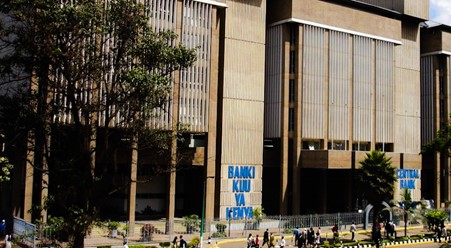
In an initiative to prevent failure of banks, which is common in the COMESA region, COMESA Monetary Institute has trained over 50 staff from 10 Central Banks in the region on new accounting principles for financial instruments.
The training on International Financial Reporting Standards (IFRS9) and Internal Capital Adequacy Assessment Process (ICAAP) was conducted virtually from 26 – 30 April 2021. It mainly addressed the concerns of measuring financial assets at fair value with forward looking assessment of expected credit losses.
Central Banks’ staff from COMESA Member States namely Democratic Republic of Congo, Egypt, Kenya, Libya, Malawi, Mauritius, Tunisia, Uganda, Zambia and Zimbabwe participated.
According to the CMI Director, Mr Ibrahim Zeidy, the training was motivated by recurrent bank failures in the COMESA region, like in many parts of the world, due to poor credit risk management frameworks and practices.
“The Basel Committee on banking supervision’s principles for management of credit risk recommends that banks should have an effective system in place to identify, measure, monitor and control credit risk as part of an overall approach to risk management,” he said.
The Basel Committee is the primary global standard setter for the prudential regulation of banks and provides a forum for regular cooperation on banking supervisory matters.
Following the training, the participants will be able to recognize impairment of financial instruments and offer a practical hands-on knowledge on how to review internal capital adequacy. Hence, they will be able to identify and assess credit risks by the banking system in their respective countries.
The training also empowered them to measure expected credit loss and the impact on banks’ financial statement.
ICAAP is an internal capital management approach which enables banks to determine the level of capital that is adequate to support the scope of their risks. With comprehensive ICAAP, banks are better placed to set internal capital targets that are consistent with their business model and strategy, risk profile and operating environment.

